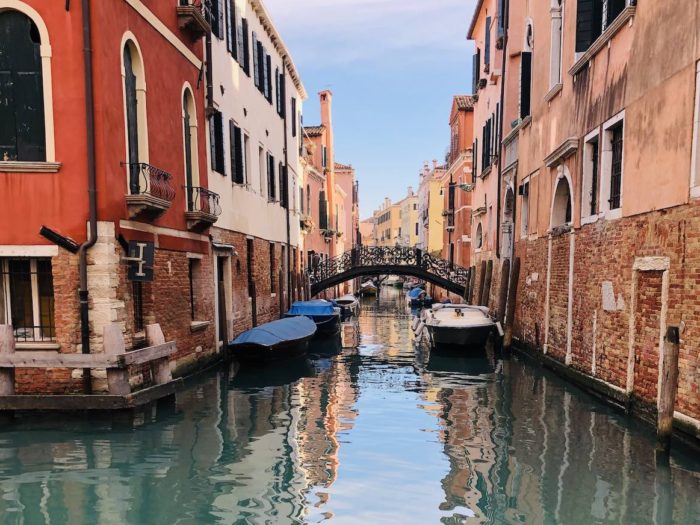Our courses, aimed at teachers and school officers, take place in Sicily, Lombardy and Emilia Romagna Regions. Erasmus Plus Mobilities hosted by Promimpresa are a great chance to experience the multi-faceted Culture, Nature, Architecture, Venues and cuisine that flourish in the Italian peninsula.
Come on board with us and discover the charm of Italian cities with Promimpresa!
Palermo
Palermo is the capital of the beautiful Sicily. It has a multi-millennial history and has played an important role in the events of the Mediterranean and Europe, reflected in the art and architecture of the city.
Founded by the Phoenicians in the 7th or 6th century BC, it bears the signs of the passage of Romans, Arabs, Normans, Spanish and the establishment of the Italian Reign – later Italian Republic.
The Massimo Opera Theatre is the largest in Italy and the third largest in Europe. Its square is the heart of the City.
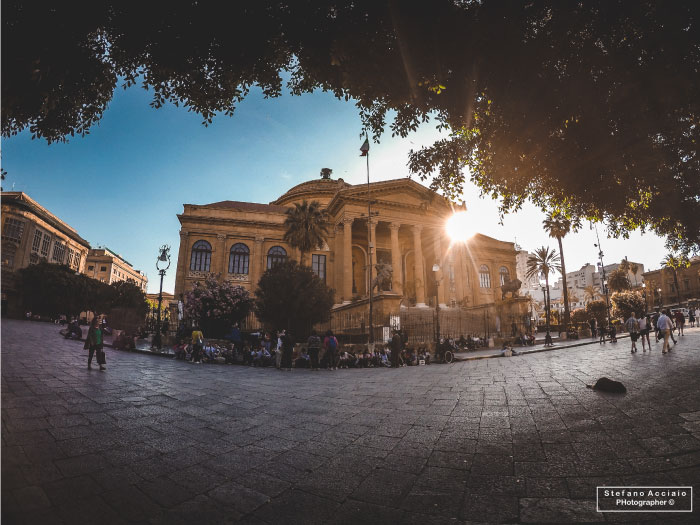
Palermo was the first European City to have two Opera Theatres, the Politeama Theatre and the Massimo Theatre.
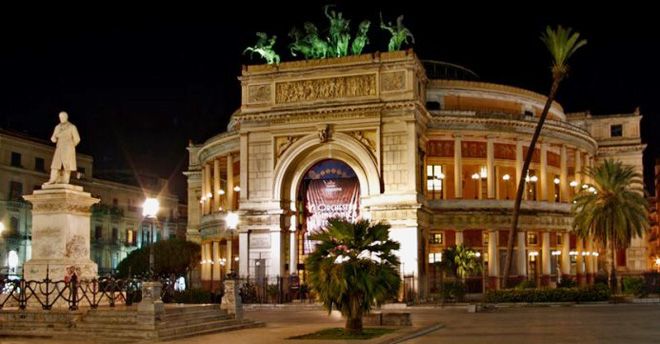
It’s one of the main Streets of the City – connects Teatro Massimo to the Quattro Canti “Four Corners”, an octagonal baroque square also named Theatre of the Sun, because at least one of the eight sides of the square gets hit by sunlight. A couple of steps further lies Piazza Pretoria, also named Piazza della Vergogna or “Shame Square” because of its nude statues. In the same area there are also the Church of Saint Catherine, the Church of Santa Maria dell’Ammiraglio or Martorana and the Arabic styled Church of San Cataldo.
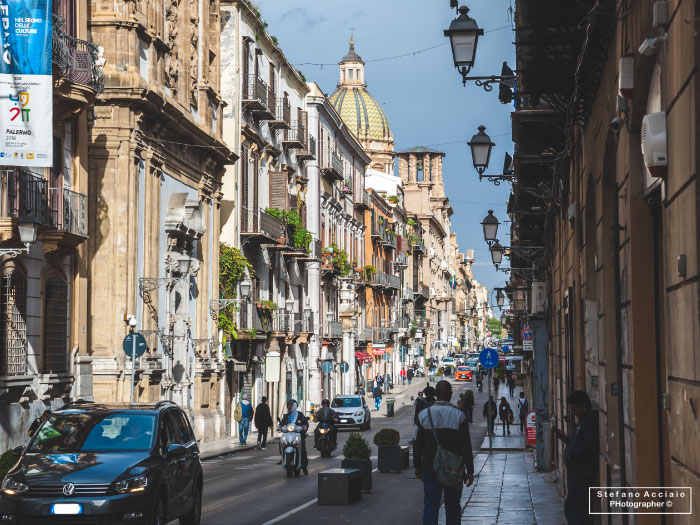
Via Vittorio Emanuele connects the Quattro Canti to the Cathedral of Palermo, a monumental architectural complex built in the XII century on the area of earlier worship sites.
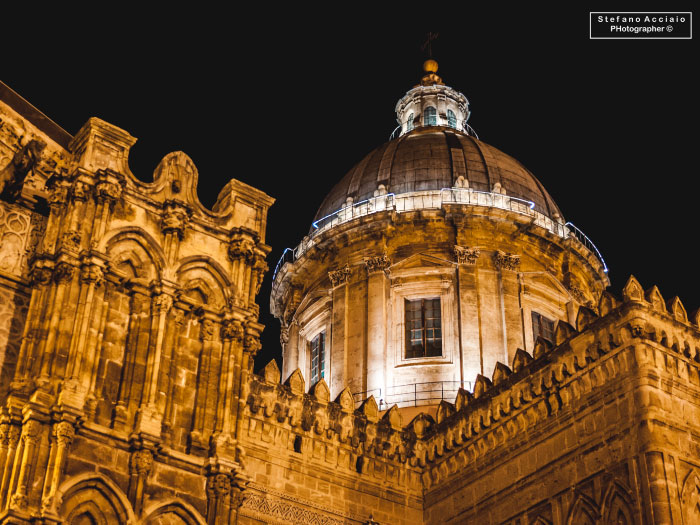
Not far from the Cathedral is the Norman Royal Palace or Palazzo dei Normanni, the current Seat of the Sicilian Parliament. The famous Palatine Chapel is praised for its mosaics and ceilings, It is a combination of Byzantine, Norman and Fatimid architectural styles, showing the tricultural state of Sicily during the XII century.
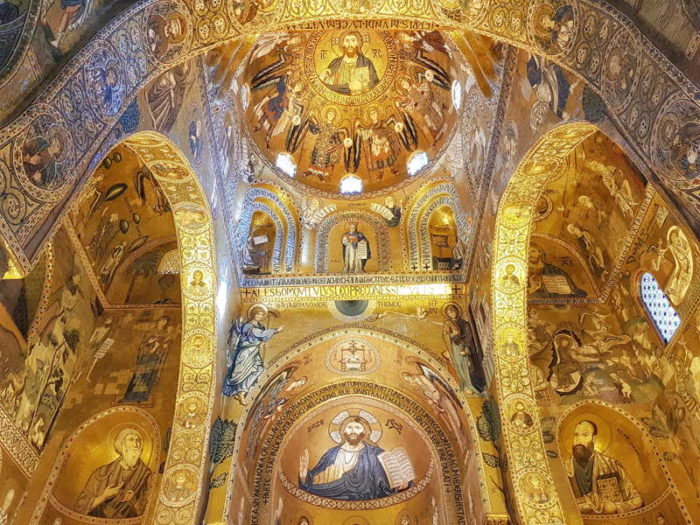
Separated from Palermo by the 700m-high bulk of Montepellegrino, Mondello was originally a fishing village centred around what is now the main piazza. Two fortified towers were erected there in the 15th century as part of Sicily’s coastal defences. Both still survive, the first looking over the harbour, the second a little further north under the rocky mass of Monte Gallo.
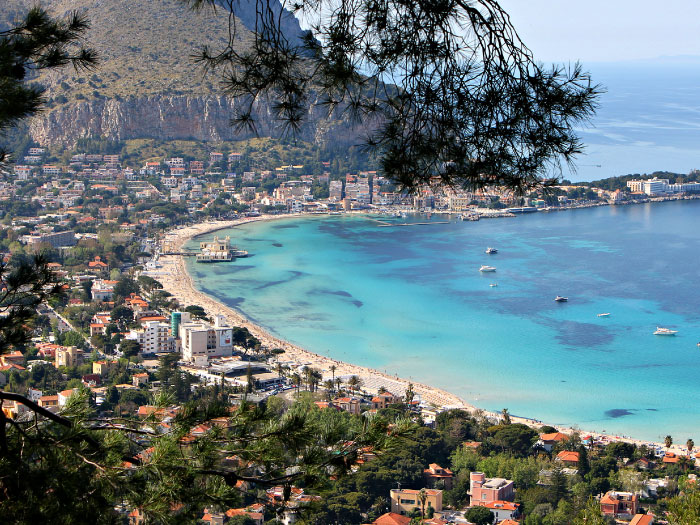
Historical Street Markets of Vucciria, Ballarò, Il Capo; Capuchin Catacombs; La Cala & Foro Italico; arabic Zisa and Cuba; Botanical Garden in Villa Giulia; Mondello Beach; Natural Reservoir of Capo Gallo; UNESCO Arab-Norman Palermo, Cefalù and Monreale.
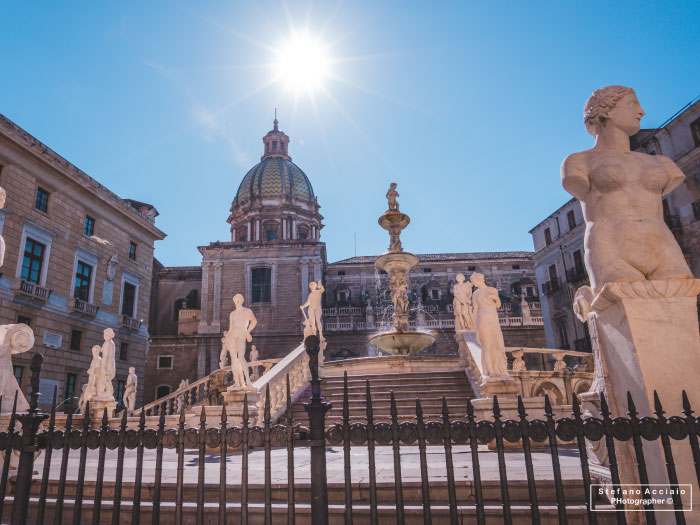
Arancina, Panino Con Le Panelle (Panelle Sandwich), Pane Con la Milza, Frittola, Stigghiola, Sfincione.
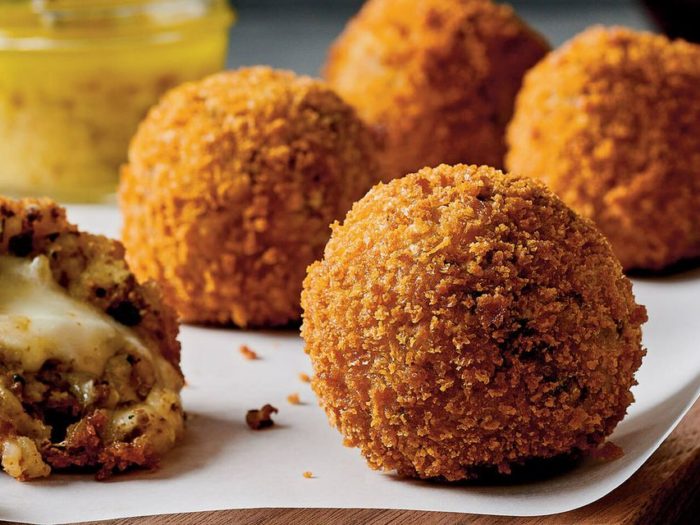
Mantua, located in in the Po valley in the north of Italy, is a UNESCO World Heritage Site with the near Sabbioneta, offers exceptional testimonies to the urban, architectural and artistic realizations of the Renaissance, linked through the visions and actions of the ruling Gonzaga family. Mantua, a town whose traces stem from the Roman period, was renovated in the XV and XVI century – including hydrological engineering, urban and architectural works. Some important sites are the Castle of San Giorgio, Palazzo Te, Palazzo Ducale; squares such as Rotonda di San Lorenzo, Piazza Sordello, Piazza delle Erbe; churches as the Basilica di Sant’ Andrea.
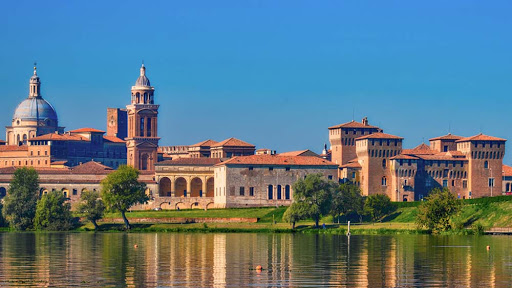
At a short driving distance is Lake Garda, the largest lake in Italy and renowned for its natural beauty as a popular vacation destination.
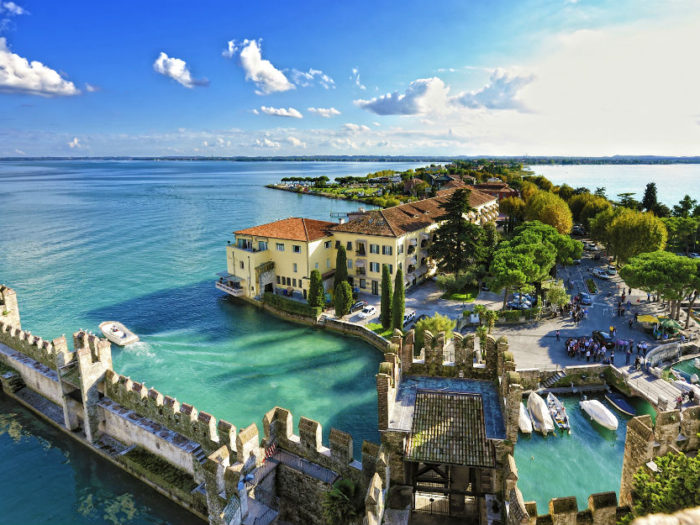
Milan, second largest Italian city after Rome, is one of the fashion capitals of the world and the economic and financial centre of the Country. It is only a couple hours away from Mantova. Its Duomo is world-famous and its historical and artistic scene, multicultural and international population and its nightlife make it one of the most attractive cities in all of Italy.
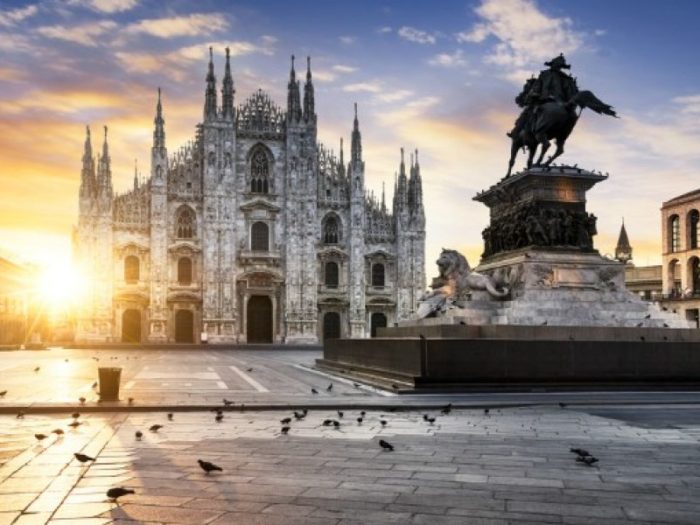
The city was founded by Romans after the conquest of the surrounding territories, in the II century BC. It later became an important center throughout the centuries to come. It is famous for its charming courtyards, the Chiostri di San Pietro or Chiostro della Ghiara; its lively squares such as Piazza Prampolini, Piazza San Prospero and more; old artisan workshops; world-famous Parmigiano Reggiano cheese and great works of architecture and historical monuments.
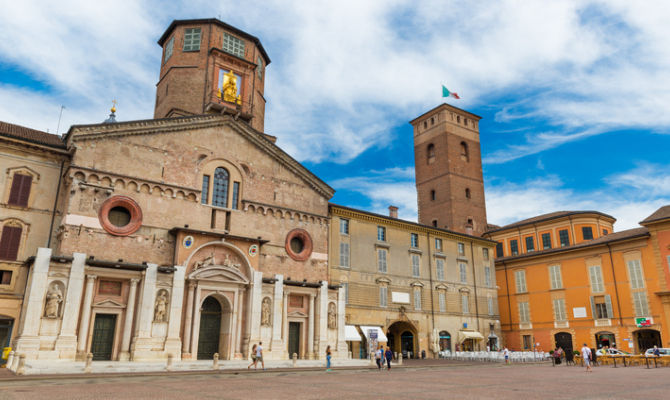
A mere half hour from Reggio Emilia, Modena is famous for the manufacture of famous Italian sports cars such as Ferrari, Lamborghini, Pagani and Maserati and for the production of its signature balsamic vinegar. Its main church, the Duomo, built in a Romanesque style, is in the centre of the historic town centre and was designated a UNESCO World Heritage Site.
Bologna is the capital and largest city of the Emilia-Romagna region. Famous for its towers, churches and lengthy porticoes, Bologna has a well-preserved historical centre and is home to the oldest university in the world. Its landmarks are the main square Piazza Maggiore and it Basilica, the Asinelli and Garisenda Towers, Santo Stefano Square, the Hill of San Luca.
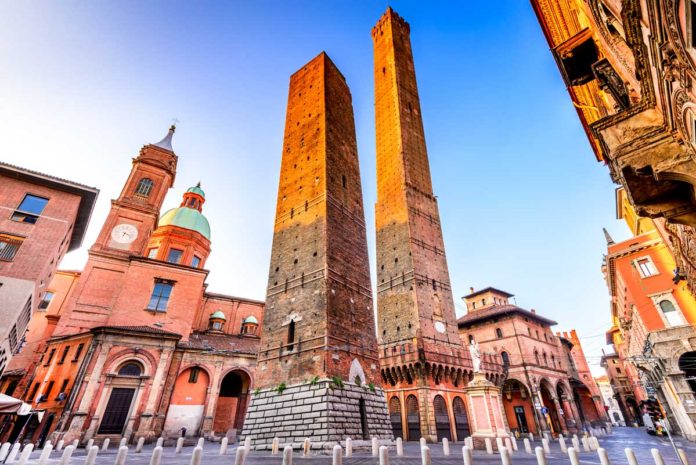
Ravenna is Roman, Gothic, Byzantine and also medieval, Venetian and finally modern, civil and hospitable, with abundant cultural events and prestigious international occasions that project it into the future. The magnificence of its past has honoured Ravenna with its famous mosaics and a great heritage of historical buildings. There are no less than eight monuments declared World Heritage by Unesco.
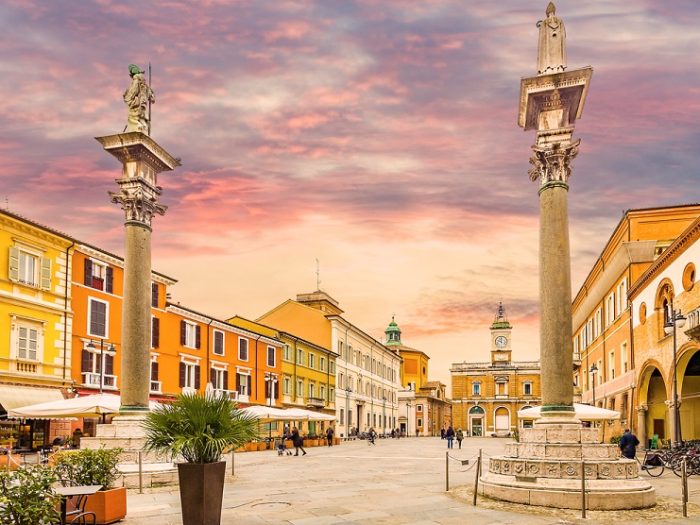
Capital of the region of Tuscany, Florence is a historic, cultural, artistic and architectural unique gem. Florence gave birth to some of the most important intellectuals of Italian history, including literates Dante, Petrarca and Boccaccio; artists as Giotto, Donatello, Michelangelo and inventor Leonardo da Vinci, and more.
Under the influence of the Medici family, Florence was the birthplace of the Italian Renaissance. It’s famous for the Uffizi art gallery, bridge Ponte Vecchio over the Arno river, the Cathedral Santa Maria del Fiore and Brunelleschi’s dome.
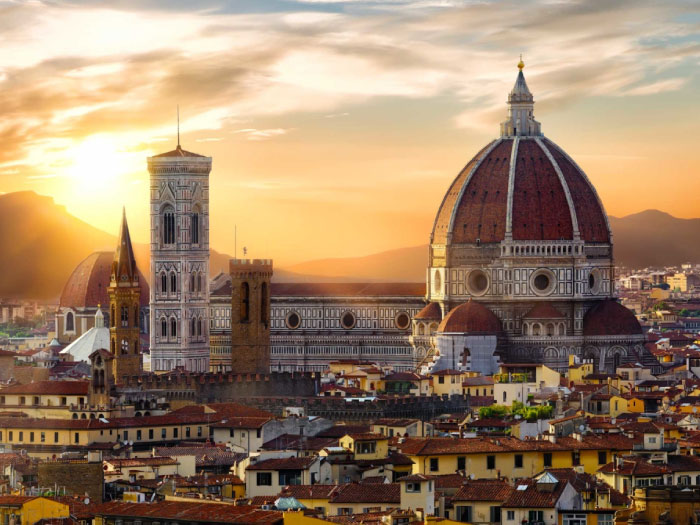
Capital of the region of Veneto, Venice is famous for its canals, gondoliers, Piazza San Marco and for the glass production of the island of Murano.
